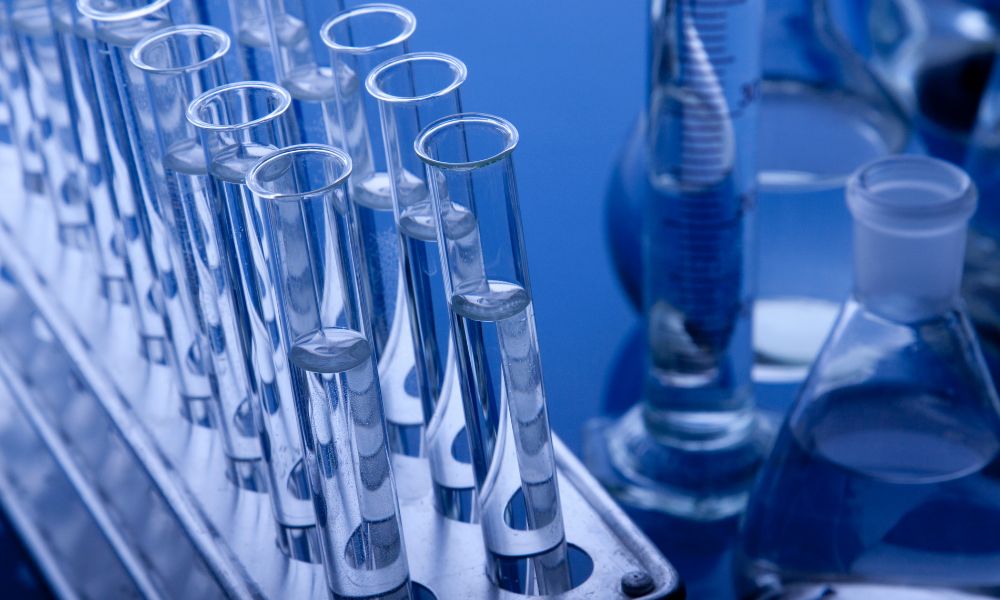Best Practices for Safety in the Pharmaceutical Industry

The pharmaceutical industry focuses on developing, manufacturing, and distributing drugs and medical devices. Safety in this industry means complying with stringent regulations and preserving public health and trust. We will highlight best practices for safety in the pharmaceutical industry and provide tips that businesses can implement in their operations.
Emphasizing the Importance of CGMP Guidelines
Current Good Manufacturing Practice (CGMP) guidelines are the keys to safety in the pharmaceutical industry. Multiple regulatory authorities, including the US FDA and the European Medicines Agency (EMA), established CGMP guidelines as the foundations for ensuring the quality of pharmaceutical products. By complying with these standards, pharmaceutical businesses can minimize risks associated with inadequate manufacturing practices, product contamination, or misinformation on labels.
The CGMP guidelines everyone should know cover the various systems, processes, and documentation required throughout manufacturing and distribution. Stringent adherence to these guidelines can help businesses avoid product recalls and damage to their reputation. To ensure ongoing compliance, businesses should invest in employee training and continuously monitor and analyze their manufacturing processes.
Optimizing the Supply Chain for Greater Safety
A transparent supply chain is crucial for maintaining safety in the pharmaceutical industry. It’s essential for businesses to vet and select suppliers that meet quality standards and demonstrate good manufacturing practices. Traceability, accountability, and quality control throughout the supply chain can prevent potential threats to public health.
Companies can use data analysis tools and market insights to optimize the supply chain, accurately forecast demand, and minimize disruptions. This reduces the risk of drug shortages. Additionally, implementing more sustainable practices and fostering strong relationships with suppliers can create a more strategic and resilient supply chain.
Promoting a Culture of Safety Within the Organization
Safety in the pharmaceutical industry begins with a strong commitment from leadership. Leaders should prioritize safety in the organization and demonstrate that commitment through transparent communication, employee training programs, and regular safety audits.
Employees should be able to report safety concerns without fear of reprisal, and organizations should invest in continuous improvement to enhance their safety procedures and protocols. Creating a culture of safety can lead to increased employee engagement, improved business performance, and a reduction in errors or accidents.
Leveraging Digital Technologies for Enhanced Quality Control
Implementing advanced digital technologies can greatly improve quality control efforts within the pharmaceutical industry. For example, automation can minimize human error and contamination risks, while data analytics can identify trends and opportunities for improvement in manufacturing processes.
Investing in innovative technologies, such as AI and machine learning, can help businesses monitor product quality. Moreover, utilizing blockchain technology for tracing products throughout the supply chain can significantly enhance transparency and security, ensuring only safe and effective products reach patients.
Implementing best practices for safety in the pharmaceutical industry requires a multidimensional approach. Embracing these practices can help businesses protect public health, maintain a strong reputation, and achieve success in a highly competitive market.





